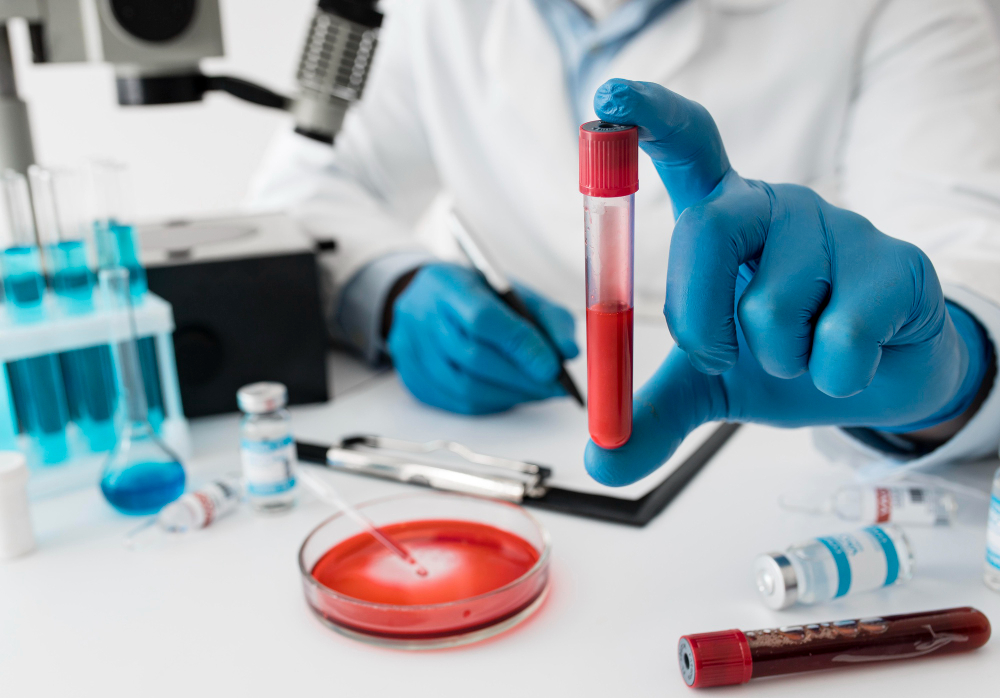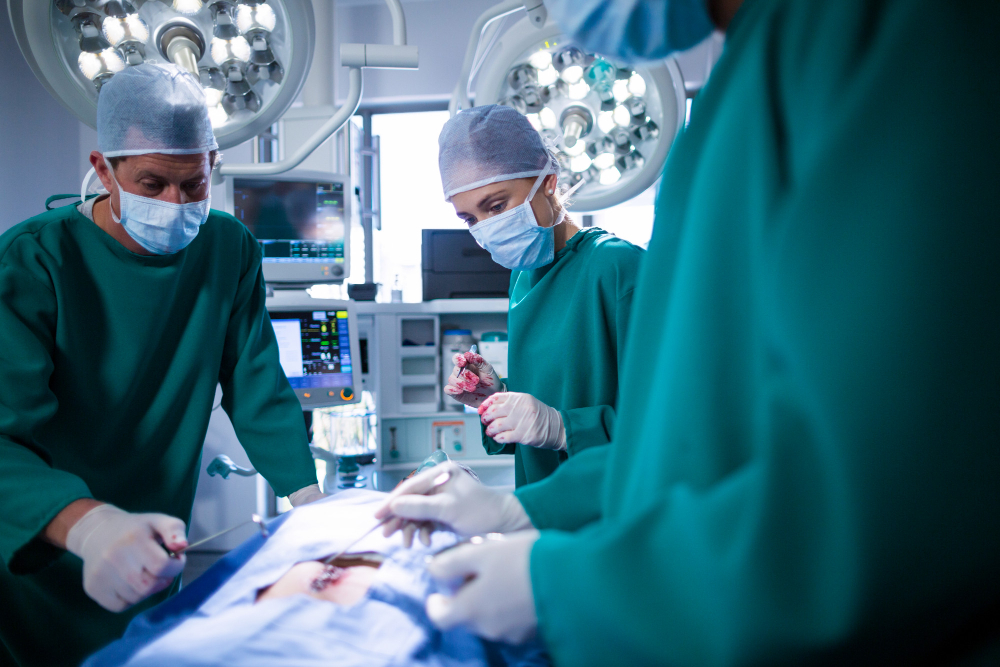-
 Mail us
Mail usinfo@myhealthhospitals.com
-
 Toll Free
Toll Free+91 9111674111
- Book Appointment
Orthopedics
The knee is a complex joint with many ligaments and cartilages , making it vulnerable for a variety of injuries. Most common knee injuries include knee joint sprains, ligament tears, fractures, and dislocations.
Most of the knee injuries can be treated with simple measures, such as bracing and exercises. Other injuries which are severe may require surgical intervention.
Most common knee injuries include:

The orthopedist conducts a thorough diagnosis that includes a physical examination which assesses the tenderness, swelling, and inflammation in the affected knee and the orthopedician may also suggest passive movement tests to check the severity of the ligaments or joint injury. There are a few diagnostic tests an orthopedist would recommend to suggest the best-suited treatment to repair it. Some of the diagnostic tests are-

When you are injured, the RICE protocol can help speed your recovery:
Non surgical methods include:
Some injuries around the knee require surgery either open or minimally invasive to restore knee function-
In some cases — such as for many ACL tears or meniscal injuries — surgery can be done Arthroscopically removing the torn /damaged ligaments or meniscus and repairing them using miniature instruments and small incisions.
Surgery is followed by physiotherapy to reduce the chances of re-injury. Surgeon evaluates the joint’s strength, stability, and movement before allowing the patients to return to their sports activities .


Your knees are made up of bones, ligaments, tendons and cartilage. The anterior cruciate ligament (ACL), which is located in the front center of your knee, connects the thigh bone (femur) to the shin bone (tibia). It is one of four primary ligaments located in your knee:
The main function of the ACL is to stop forward movement and rotation of the shin bone on the thigh bone.
Some people feel stable enough to walk, as long as they do it slowly and carefully. Others choose to use crutches in case their knee “gives out” (collapses or buckles).
Yes. You will feel pain and may hear or feel a pop when the injury happens.
Six to nine months is typically how long it takes to recover from ACL surgery.
With time, surgery and physical therapy, you should regain full use of your knee within six to nine months.
You can re-tear your ACL, yes. The risk or re-tear is generally considered to be five to seven percent.
Yes, but it may take some time before you’re completely back to how you were before the injury. Whether you choose to have surgery or not, with physical therapy you will eventually be back to normal and able to live your life.
If you cannot find answers to your queries, please fill out the ENQUIRY form or call the number below. We will contact you shortly
+91 9111674111